ECOLOGY ▪ EDUCATION ▪ ADVOCACY
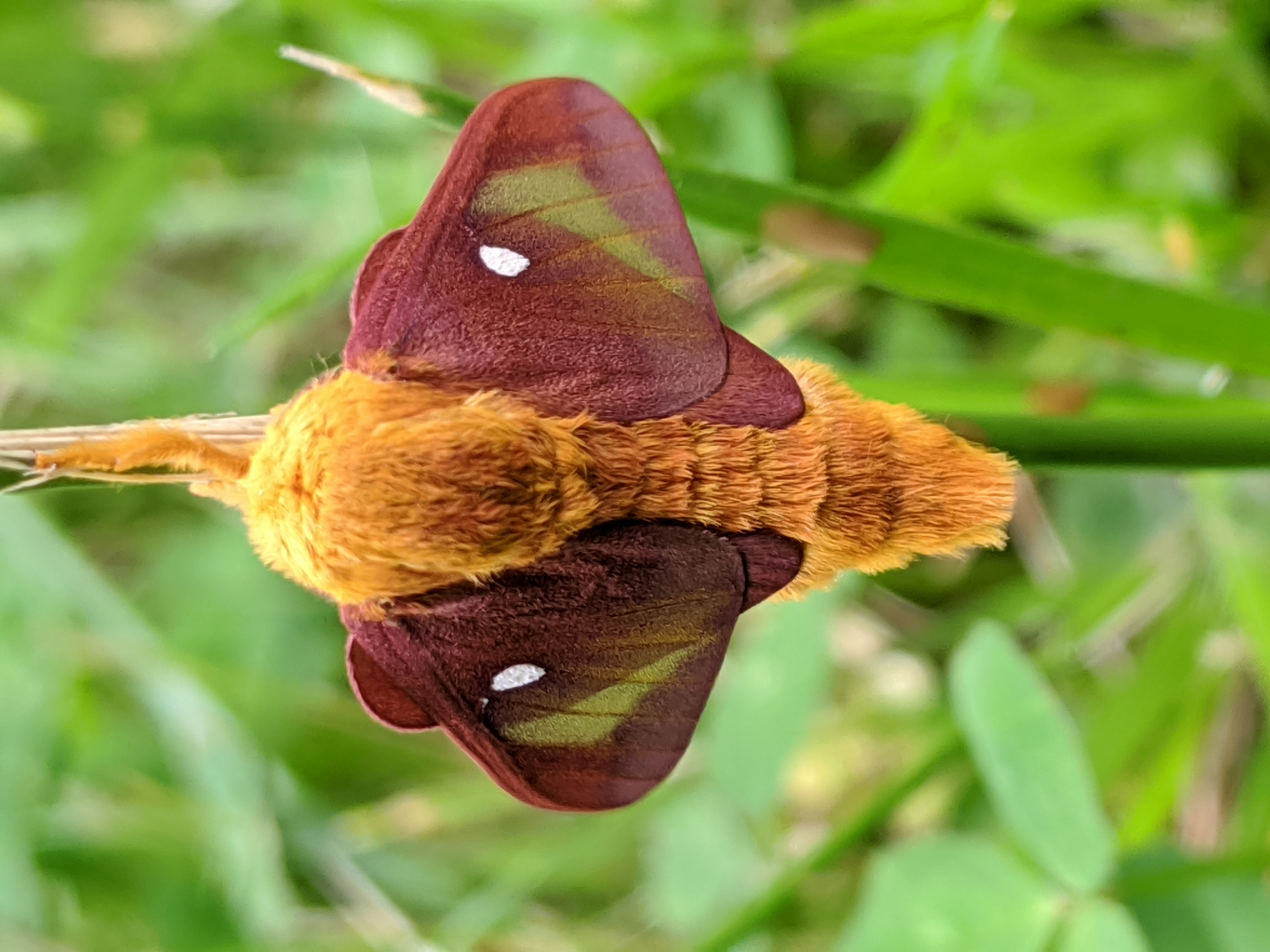
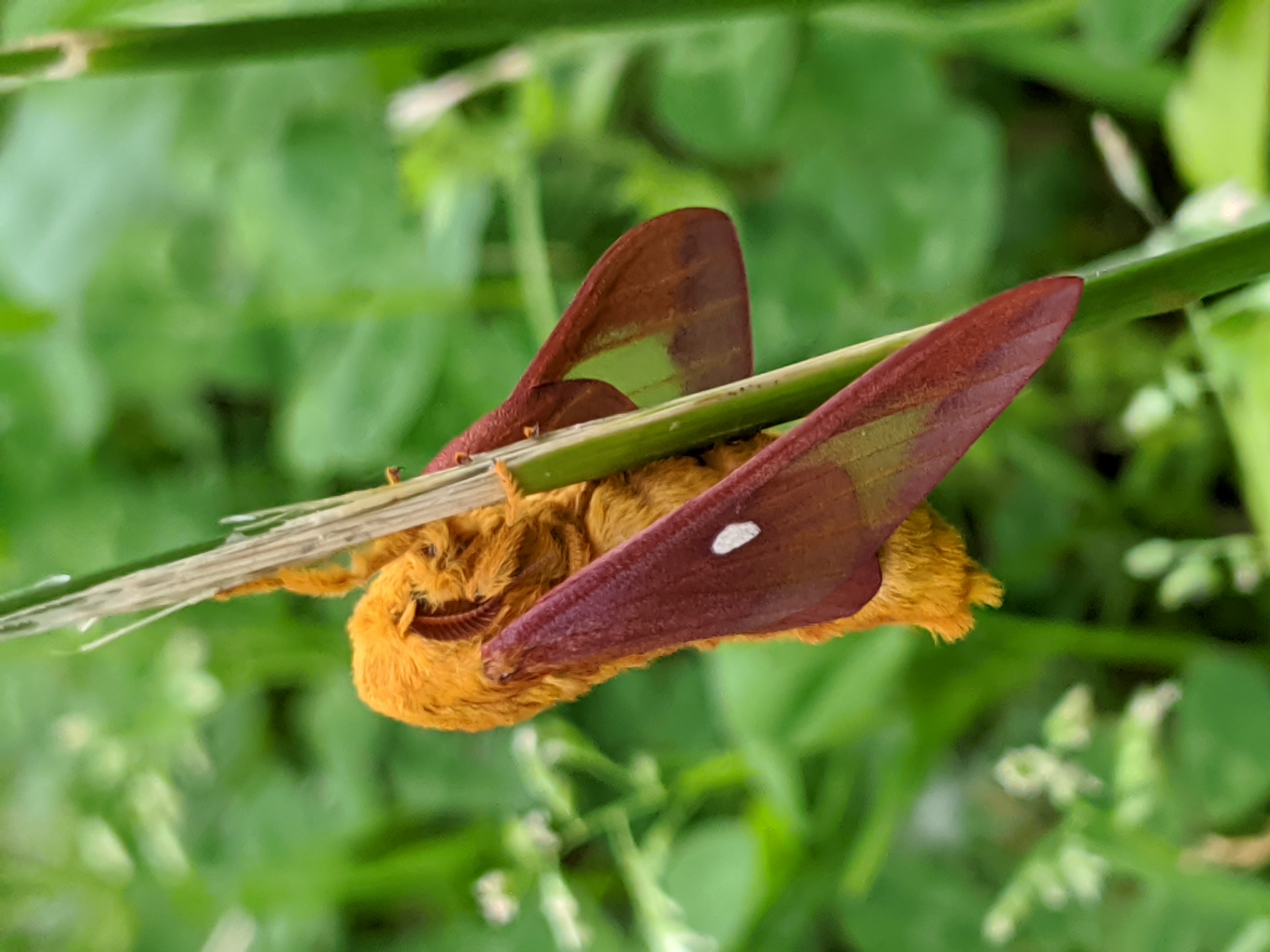
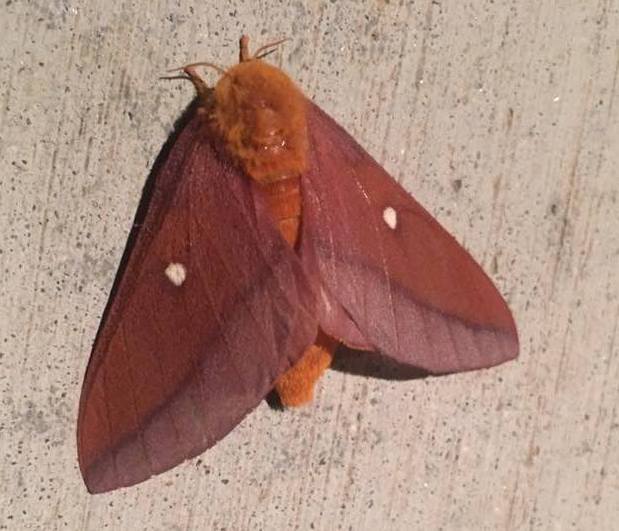
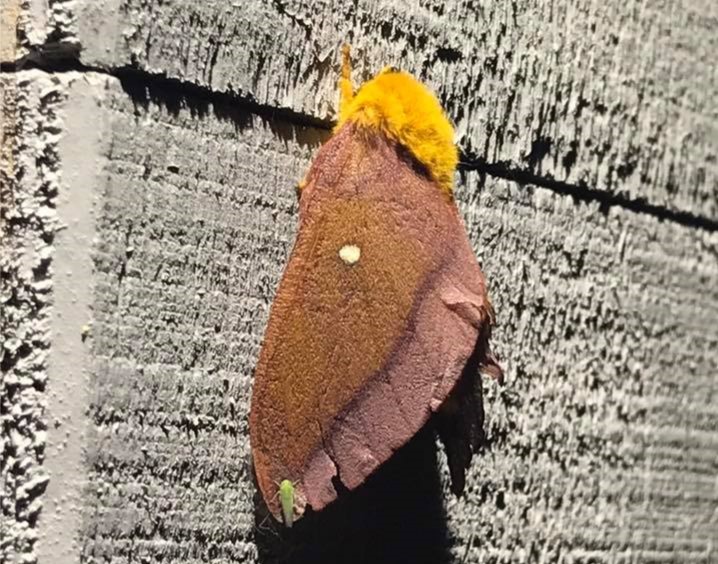
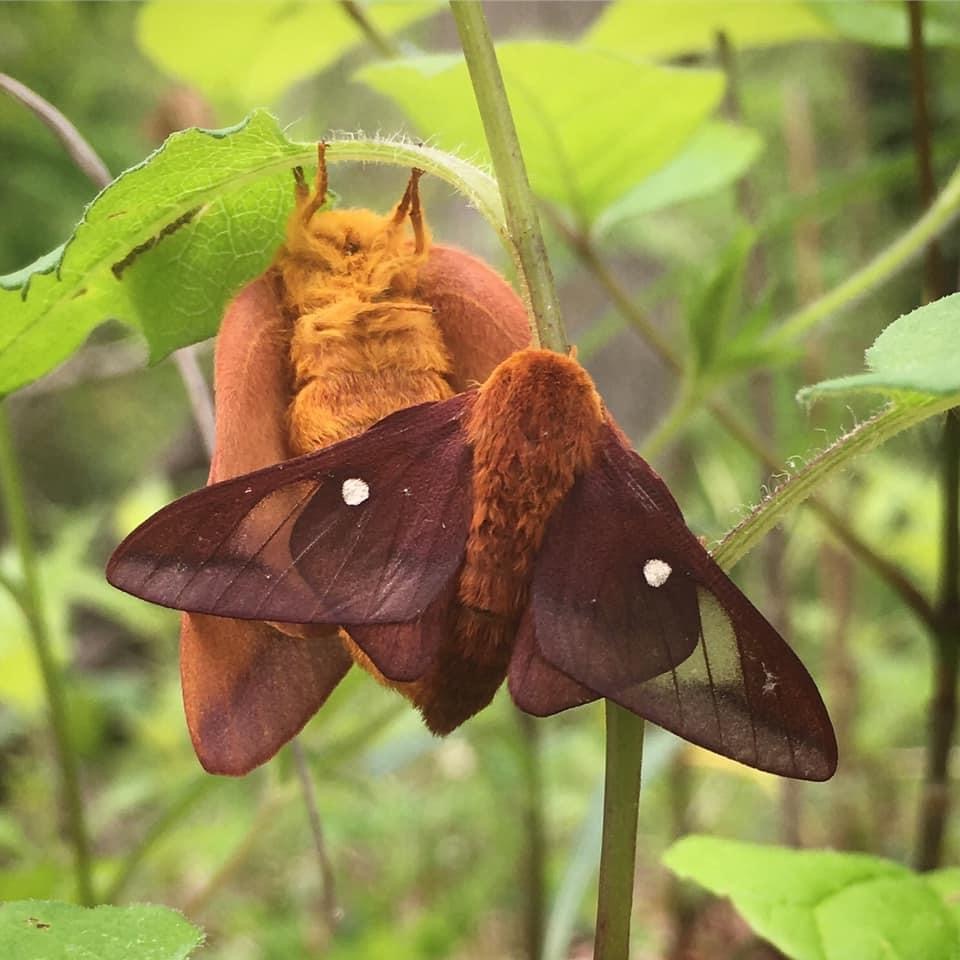

Anisota: The Latin meaning of “anisos” means unequal, and the term “ota” was a Greek word for ear.
Virginiensis: Of or from Virginia. Likely the location of the first described specimen.
an-eye-soh-tuh vur-gin-ee-en-sis






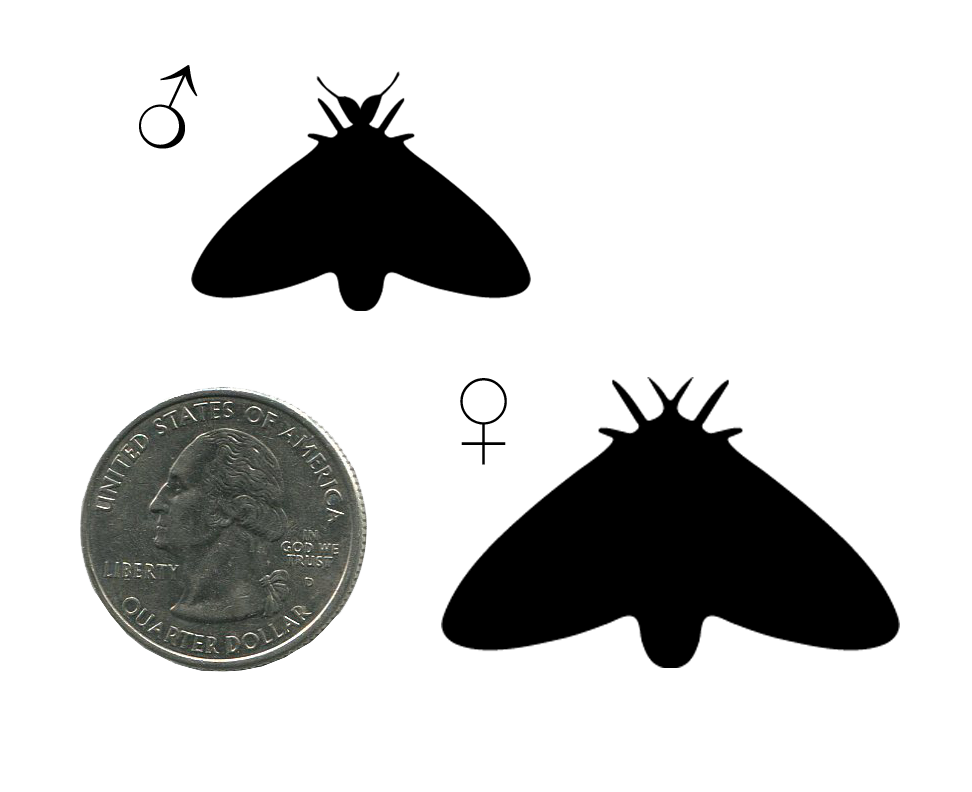
This map illustrates documented North American records of Anisota virginiensis as of 30 January 2021.
 Documented record(s)
Documented record(s) 5: Secure
5: Secure  NR: Not ranked
NR: Not ranked
Anisota virginiensis caterpillars primarily specialize on the foliage of oak (Quercus spp.) trees. Technically polyphagous, researchers have also documented them feeding on several additional plant families, but oaks are their primary host. Adults lack a digestive system, do not eat, and exist solely for reproduction.
| Known Larval Food Sources in Indiana | ||
| Family | Taxonomic Name | Common Name |
|---|---|---|
| Order: Cornales | ||
| Cornaceae | Cornus spp. | dogwoods |
| Order: Fagales | ||
| Betulaceae | Betula spp. | birches |
| Carpinus caroliniana | musclewood, aka blue beech | |
| Corylus americana | American hazelnut | |
| Fagaceae | Castanea dentata | American chestnut |
| Fagus grandifolia | American beech | |
| Quercus spp. | oaks | |
| Order: Rosales | ||
| Rosaceae | Amelanchier spp. | serviceberries |
| Prunus spp. | cherries | |
| Ulmaceae | Celtis spp. | hackberries |
| Order: Salicales | ||
| Salicaceae | Salix spp. | willows |
| Order: Sapindales | ||
| Aceraceae | Acer spp. | maples |
The map, graph(s), and data below represent the Indiana sightings of Anisota virginiensis as of 10 May 2025, confirmed through photographic evidence by individuals who contributed to the Great American IN Nature Lepidoptera Project (GAIN LP).
Counties recorded:
9 of 92
Top counties/#of records:
Brown: 10
Jefferson: 8
Monroe: 5
Orange: 3
Scott: 1
Owen: 1
Ripley: 1
 GAIN LP documented in county
GAIN LP documented in county
The images and records below were all submitted by individuals through the Great American Indiana Nature Lepidoptera Project (GAIN LP).